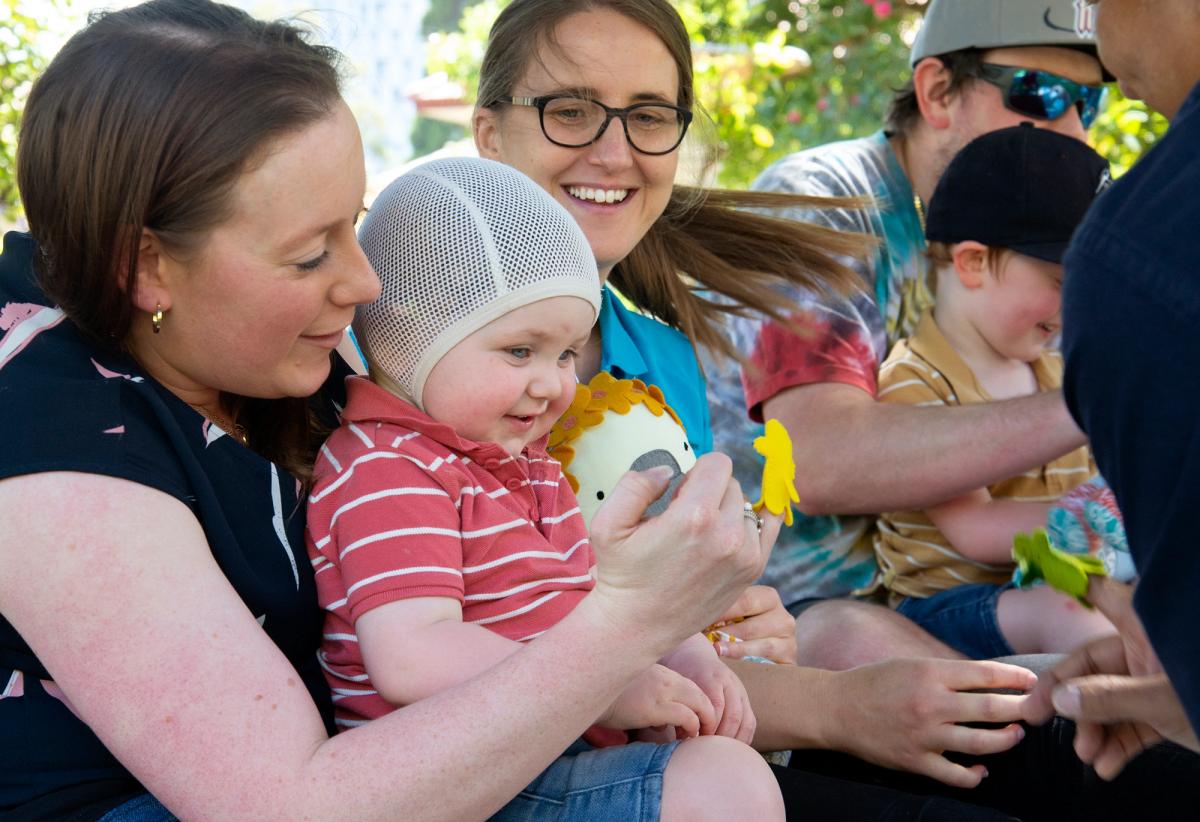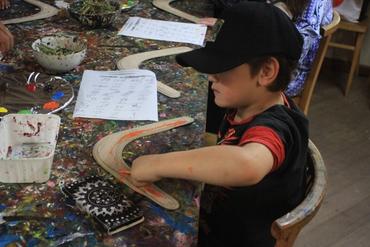Enhancing Early Communication through Infant Sign Language.
With the right methods, it's possible to teach a baby as young as six months old to use a simple sign.

What was this study about?
This study involved two experiments in training infants to sign, using training procedures adapted from a previous study, where three infants (aged 6 to 13 months) each learned a sign in less than four hours of training. It was building on research into the benefits of teaching signing to hearing babies before they have learned to speak.
What were the key findings?
- The first experiment involved a 10-month-old baby with Down syndrome and a 6-month-old infant with typical development. The second experiment involved two typically developing infants, aged 9 and 10 months.
- The adapted training method involved having an experimenter model the sign, then, if necessary, physically prompt the sign by moulding their baby’s hands to form the sign. If the infant performed an approximation of the sign, the experimenter would physically correct the infant by gently guiding their hands.
- The experimenter would provide the infant with toys, food or attention when they made the sign, regardless of whether the sign was prompted or independent. After reinforcing the sign with the toys, food or attention, they would repeat the process by modelling the sign again, after a specific delay that would gradually increase.
"Sign training could help prevent behaviour problems in young children with language delays."
- The second experiment aimed to replace infant crying and whining with signing. Signs were trained using a similar approach to the first experiment, but when sign training was introduced, crying and whining no longer resulted in the experimenter providing toys, food or attention.
- Each sign training session was five minutes long. Sessions were conducted one to three or four times a day, five days per week. After many sessions, the infants showed high levels of signing without prompting. The second experiment resulted in a great reduction in crying and whining when the infants were using a high level of independent signing.
There is a lot of research that indicates language delays are a risk factor for the development of behaviour problems. The study concludes that sign training from a young age could potentially help prevent behaviour problems in young children who may be at risk due to developmental delays, language delays or sensory impairment.
Where can I read more about this paper?
Enhancing Early Communication through Infant Sign Language
Printable 168 KB PDF



